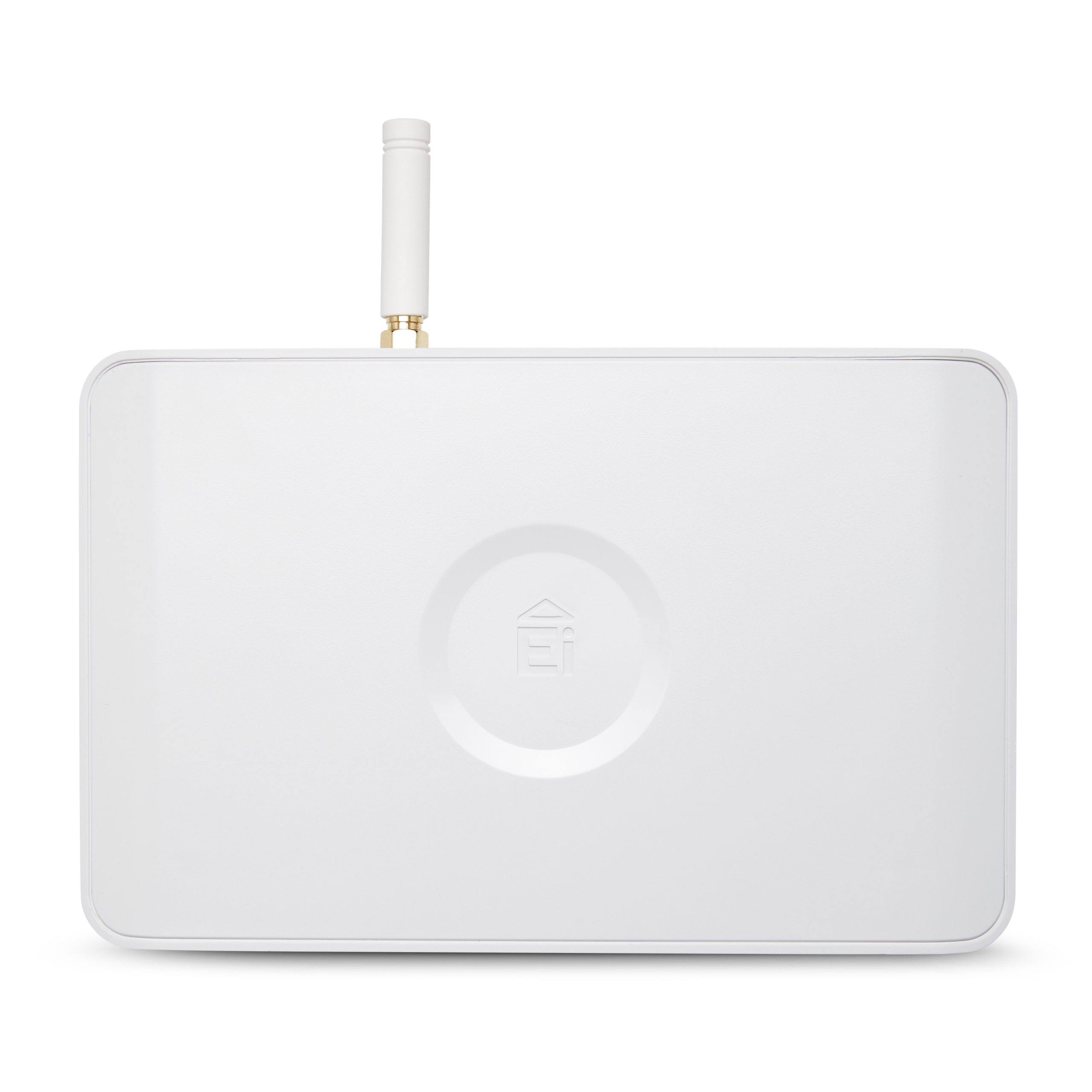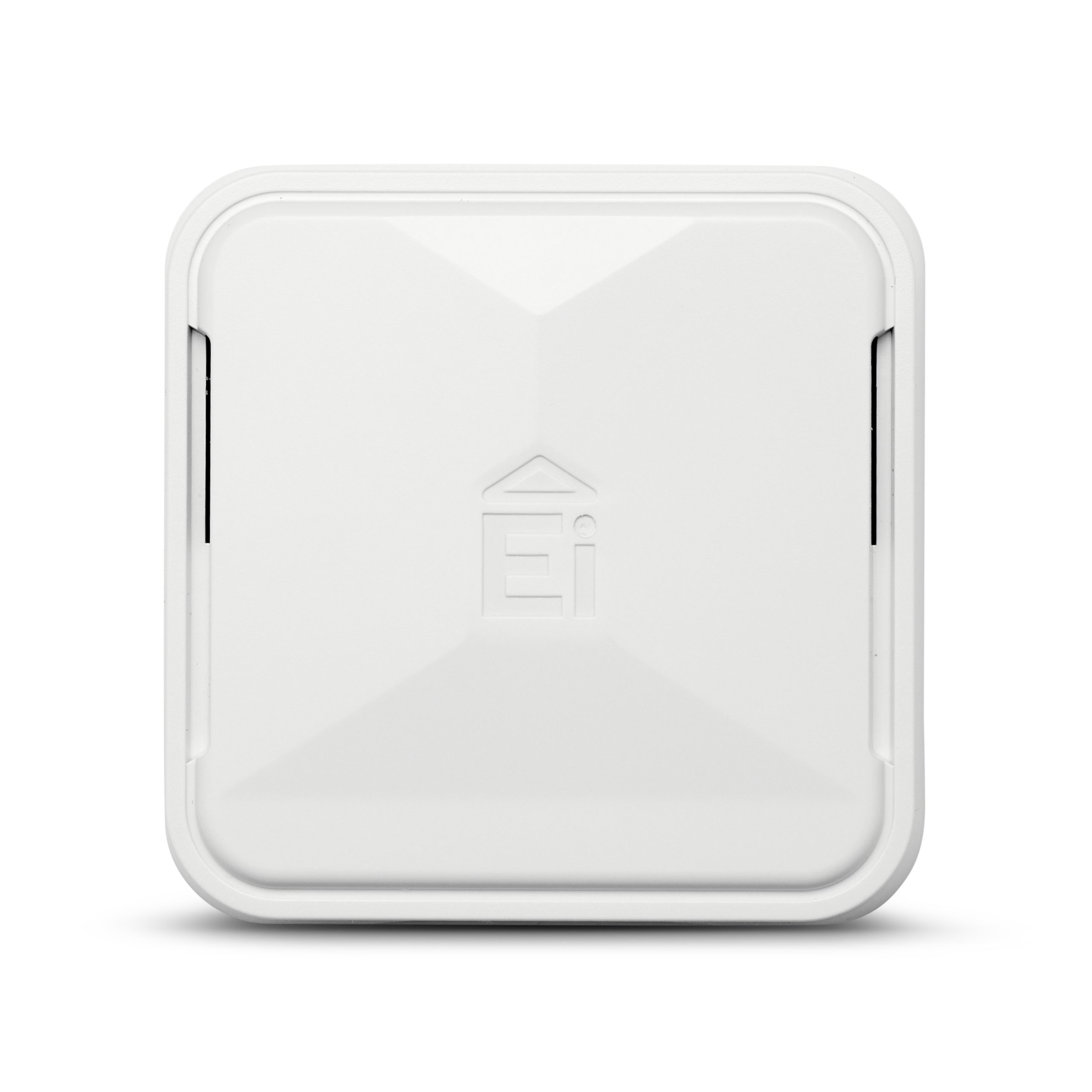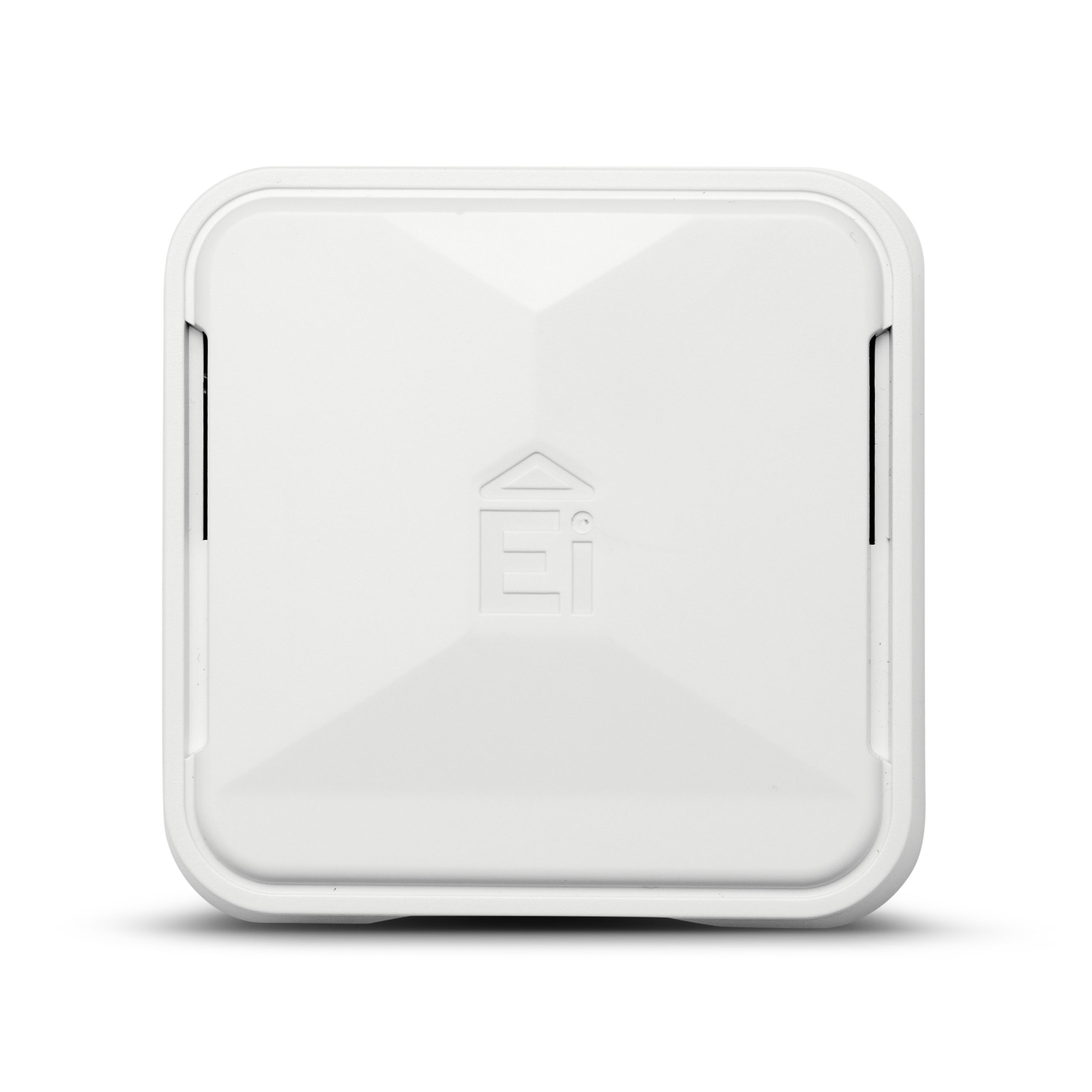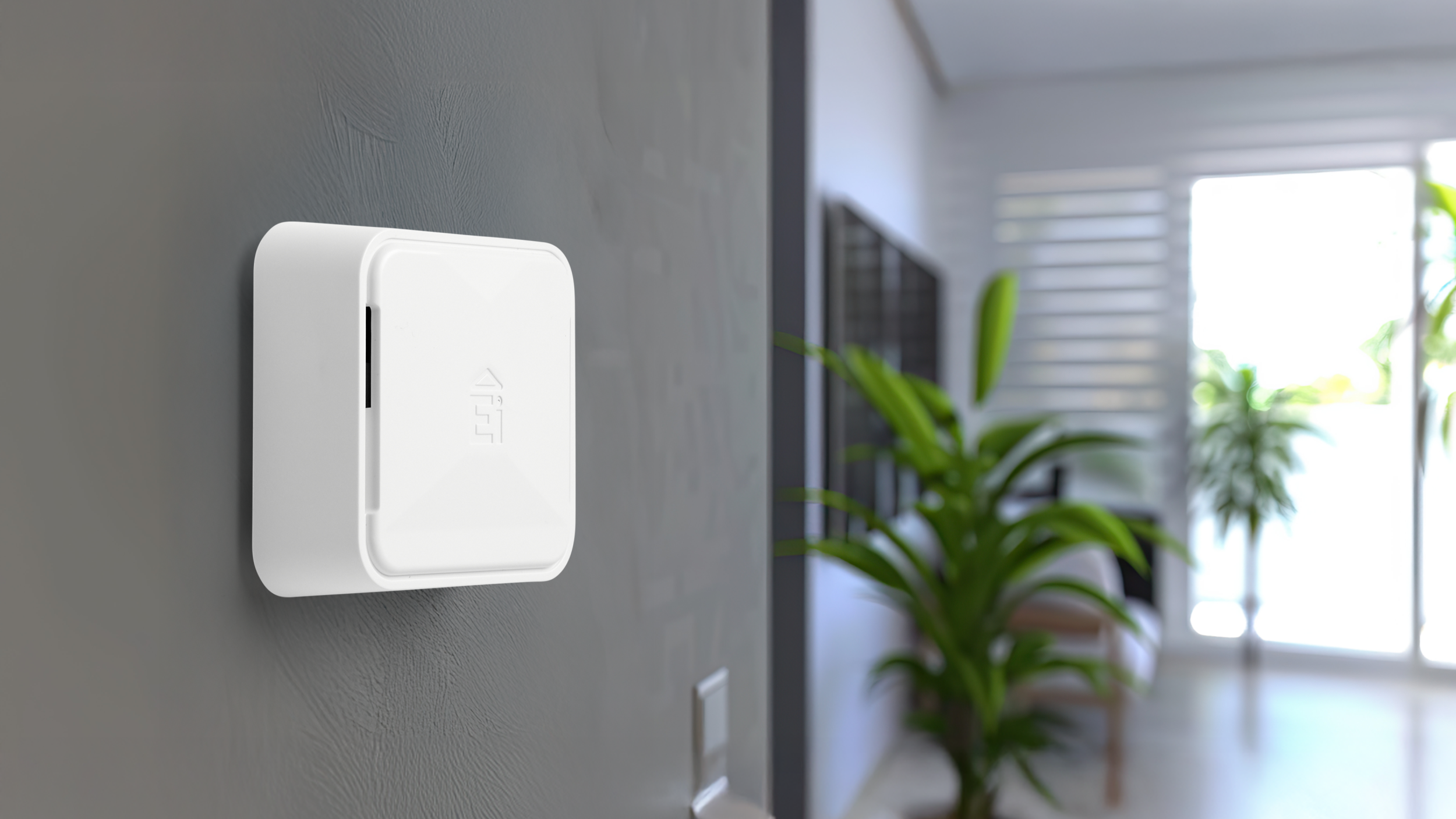The Importance of Awaab’s Law

Table of contents
What is Awaab’s Law?
The tragic death of Awaab Ishak shocked the nation and led to the implementation of Awaab’s Law. Awaab was just two years old when he died in December 2020 as a direct result of exposure to mould in the social home that his family rented. His parents raised concerns about their living conditions multiple times, yet the landlord failed to act and even placed blame on the family for their living conditions.
Awaab’s Law, which was introduced in the Social Housing Regulation Act 2023, requires landlords to investigate and fix reported health hazards within specified timeframes. The new rules will form part of social housing tenancy agreements, so that tenants can hold social housing providers to account if they fail to provide a decent home. The campaign for Awaab’s Law, launched by his parents, means that tenants can no longer be dismissed and will have the law on their side when landlords fail to take action.
The UK government plans to extend Awaab’s Law to the private rented sector via the Renters’ Rights Bill. As of December 2024, the Renters’ Rights Bill, which includes provisions to extend Awaab’s Law to the private rented sector, is progressing through Parliament. The Labour government, holding a majority, anticipates the bill could become law in the first half of 2025, though this timeline may be subject to change.
New Requirements for Landlords Under Awaab’s Law
Under Awaab’s Law, landlords must investigate 29 potential hazards, as defined by HHSRS, within 14 calendar days. Within the same 14 calendar days, and within 48 hours of the investigation completion, they must provide a written summary of findings to the resident. This summary must include a timeline for repair and a schedule of works, which is then issued to the resident(s).
If the hazard is found to pose a significant risk to the health and safety of the resident, repair works are required to begin within 7 calendar days of the written summary being issued. These repair works must be completed within a reasonable time period, with the consideration of the resident’s needs. Any emergency repairs must take place as soon as practicable and, in any event, within 24 hours. If a hazard of significant risk is found, and the property cannot be made safe within these strict time limits, suitable alternative accommodation must be arranged for the occupant(s).
The timeline for completion of such works should reflect the nature of the problem and needs of tenants, for example, repairing heating systems must be treated more urgently during colder weather. Records for all attempts to comply with the proposals must be kept, including records of all correspondence with the resident(s) and any contractors.
How Landlords Can Meet Damp and Mould Requirements
To ensure landlords are compliant with Awaab’s Law, scheduled property inspections and regular communication with the tenant(s) should be in place to ensure living conditions meet expectations and areas for improvement are identified. Damp and mould related issues should be addressed promptly, and landlords and tenants should be educated on the behaviours which positively and negatively impact damp and mould in the home. Landlords should also be transparent with residents if the issue is in fact structural, and should take accountability if this is the case.
A remote monitoring platform can be used to help monitor conditions within the home, and identify any areas which need to be improved. This way, issues can be identified early on and appropriate actions can be taken in a more timely manner.
How Aico Products Support Compliance with Awaab’s Law
Aico’s Ei1000G Gateway is the hub of their HomeLINK Connected Home Solution. The Gateway works with connected fire and carbon monoxide (CO) alarms, and HomeLINK Environmental Sensors, to gather real-time data on fire safety compliance and environmental risk factors.
HomeLINK Environmental Sensors work in conjunction with the Gateway to monitor temperature, humidity and indoor air quality – giving insight into issues such as damp and mould, fuel poverty, void risk, energy efficiency and compliance. Fire and CO alarms can also be connected, providing information on an alarm’s activations, power status, replacement date, testing, battery levels, and faults, remotely through the online portal.
Implementing such technology gives landlords a platform to improve compliance whilst creating safer homes for residents. With the HomeLINK Portal, landlords are able to streamline their operations by having access to the necessary insights for early intervention, thus saving time and reducing call-out costs.
The HomeLINK App for Residents syncs with the information on the portal, but simplifies it in a way in which tenants can easily understand. Once downloaded by the resident, the app can send them alarm testing reminders and provide suggestions on how to improve the conditions in their home, such as opening or closing windows within the property.
The Importance of Complying with Awaab’s Law in the Rented Sector
It is crucial to comply with Awaab’s Law to safeguard the wellbeing of residents and maintain the quality of landlords’ housing stock. Failure to do so could result in legal action by the tenant(s). This law is being implemented imminently as a consequence of Awaab’s tragic death, which occurred due to the landlords’ failure to act.
Read more about our HomeLINK Connected Home Solution here.






